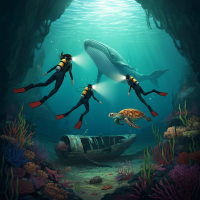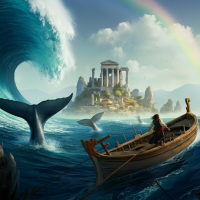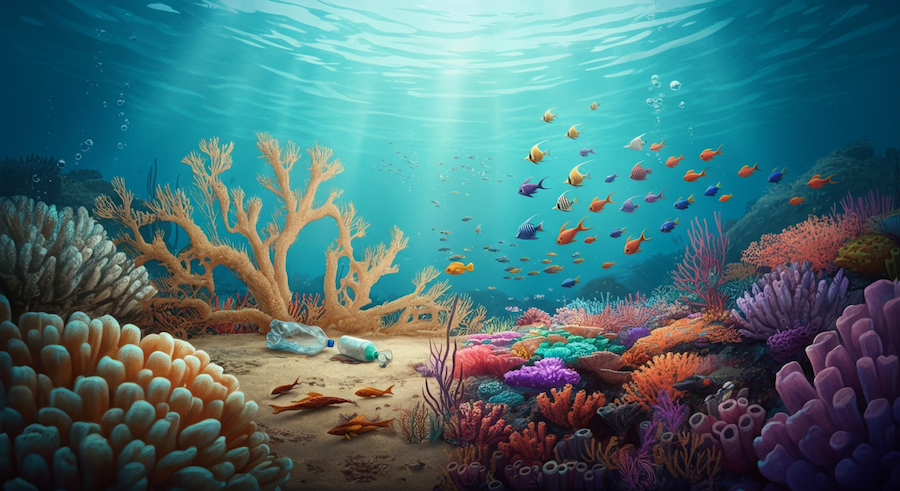
A Coral Reef in Crisis: The Mesoamerican Reef
Imagine a world beneath the waves, where sunlight filters through the water, illuminating a dazzling underwater metropolis. This is the realm of the coral reef, a vibrant ecosystem teeming with life, colour, and wonder.
Coral reefs are often referred to as the "rainforests of the sea," and for good reason. Just as rainforests are home to a vast array of terrestrial life, coral reefs provide a haven for countless marine species. From tiny invertebrates to majestic sharks, these underwater cities are teeming with biodiversity.
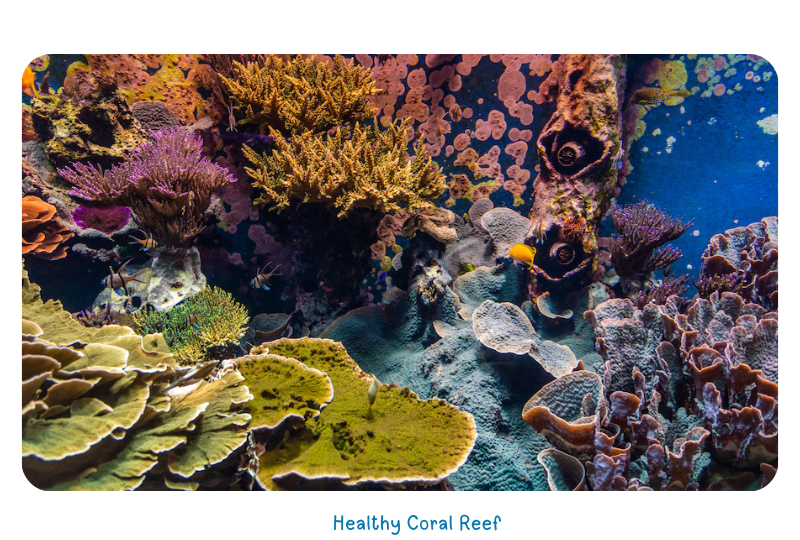
The beauty of a coral reef is not just in its visual splendour, but also in the intricate relationships that exist between its inhabitants. Corals, the architects of this underwater world, form a symbiotic relationship with algae, providing them with a home in exchange for nutrients. These algae, in turn, give the corals their vibrant colours.
The reef is also home to a diverse array of fish, from the tiny clownfish that make their homes in the stinging tentacles of anemones to the graceful manta rays that glide through the water. These fish play a crucial role in maintaining the balance of the reef ecosystem, preying on smaller organisms and serving as prey for larger predators.
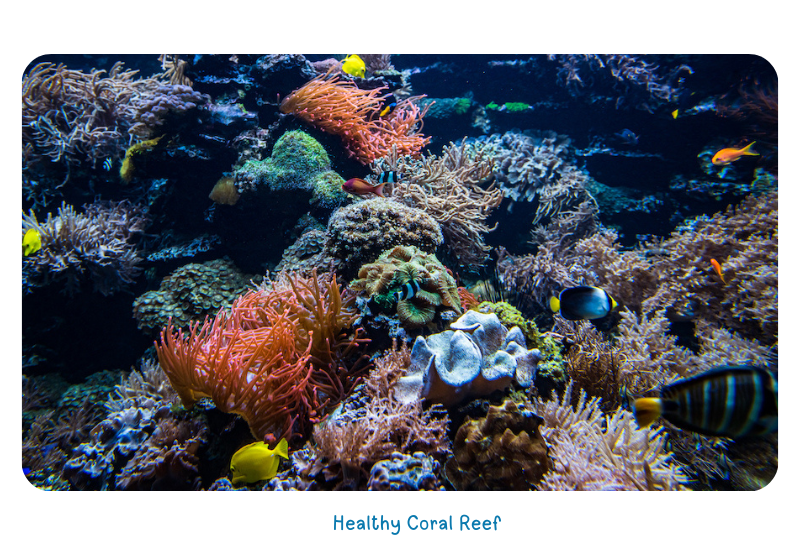
In addition to its ecological importance, the coral reef also plays a vital role in the lives of humans. It provides food and livelihoods for millions of people around the world, and it is a major source of tourism revenue. Coral reefs also protect coastlines from erosion and storms, and they are a source of inspiration and wonder for people of all ages.
A Case Study: The Mesoamerican Reef
The Mesoamerican Reef, stretching over 1,000 kilometres along the coasts of Mexico, Belize, Guatemala, and Honduras, is a prime example of this vibrant underwater world. This massive reef system is home to a staggering diversity of marine life, including hundreds of species of fish, corals, and other invertebrates.
However, the Mesoamerican Reef, like many other coral reefs around the world, is facing a serious threat: climate change. Rising sea temperatures are causing widespread coral bleaching.
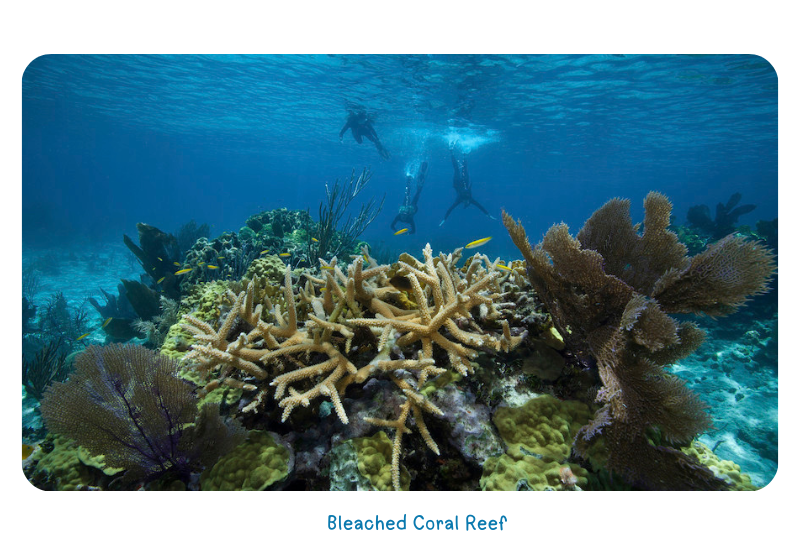
Coral bleaching occurs when corals are stressed by environmental conditions, such as increased water temperatures. When stressed, corals expel the symbiotic algae living within their tissues. These algae, called zooxanthellae, are essential for the coral's survival, providing them with food and their vibrant colours. Without the algae, the coral turns white, hence the term bleaching. Bleached corals are not necessarily dead, but they are more susceptible to disease and starvation. If the stress persists, the coral may eventually die.
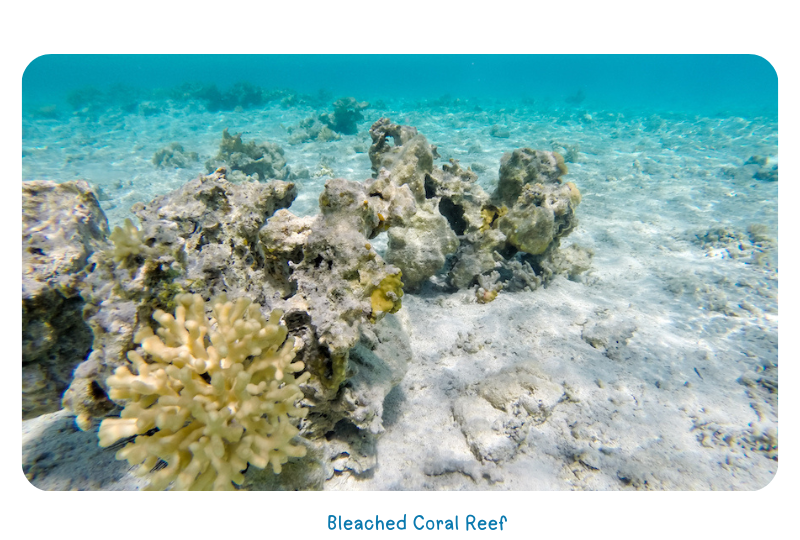
The 2024 Mesoamerican Reef Report Card revealed a grim reality: the reef suffered its worst bleaching event on record. This devastating event, coupled with other stressors such as pollution and overfishing, has significantly impacted the health of this vital ecosystem.
A Glimmer of Hope
Despite these challenges, there are reasons for optimism. The report card also highlighted a positive development: an increase in fish populations, particularly herbivorous fish like parrotfish, due to stricter fishing regulations. These fish play a crucial role in maintaining reef health by grazing on algae that can smother corals.
Challenges Remain
Despite this positive development, the report highlights significant challenges.
Widespread Bleaching: The 2024 bleaching event resulted in severe coral mortality across many sites, leaving behind a haunting reminder of the devastating impact of climate change.
Poor Water Quality: Pollution from rivers carrying agricultural run-off and sewage continues to degrade water quality, further stressing the reef.
Disease Outbreaks: While the prevalence of coral diseases appears low, the report notes a concerning shift towards more resistant but less diverse coral species.
A Call to Action
The Mesoamerican Reef serves as a stark reminder of the urgent need to address the climate crisis and protect our oceans. By reducing our carbon footprint, supporting sustainable fishing practices, and protecting coastal ecosystems, we can help ensure that these vital underwater wonders continue to thrive for generations to come.
The beauty and complexity of coral reefs inspire awe and wonder. As we continue to explore and understand these intricate ecosystems, we must also work to protect them for the benefit of both humans and the countless marine species that call them home.
Here are some activities for you to learn more:
Find the Mesoamerican Reef: Use a world map or an online mapping tool to locate Mexico, Belize, Guatemala, and Honduras. Trace the coastline along the Caribbean Sea to find the long stretch of the Mesoamerican Reef. You can even use satellite imagery to get a glimpse of this underwater wonder!
Draw your own underwater world: Imagine you're a fish swimming through the Mesoamerican Reef. What amazing creatures would you see?
Research your favourite reef animal: Learn all about its unique features and how it helps the reef ecosystem.


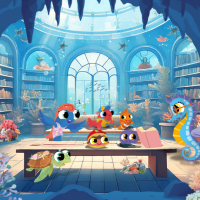
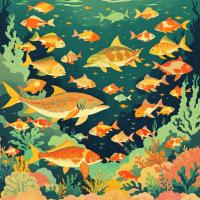
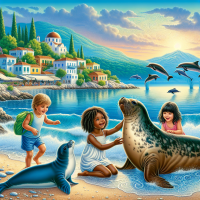

_thumbnail.png)
